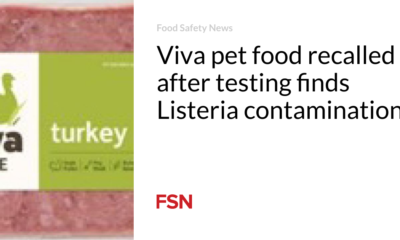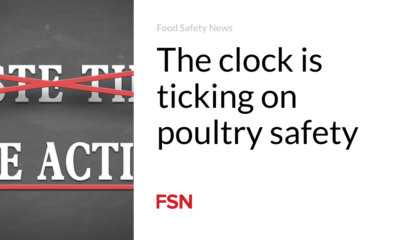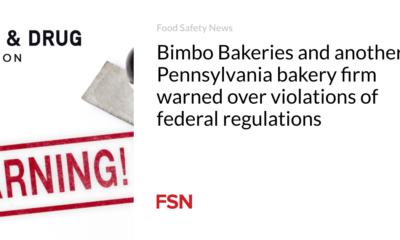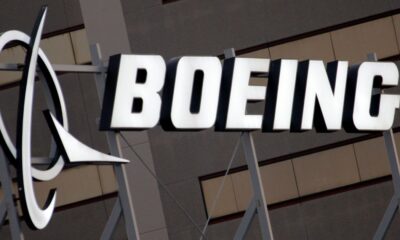Food
A Texas food company warned of violations of the Produce Safety Rule
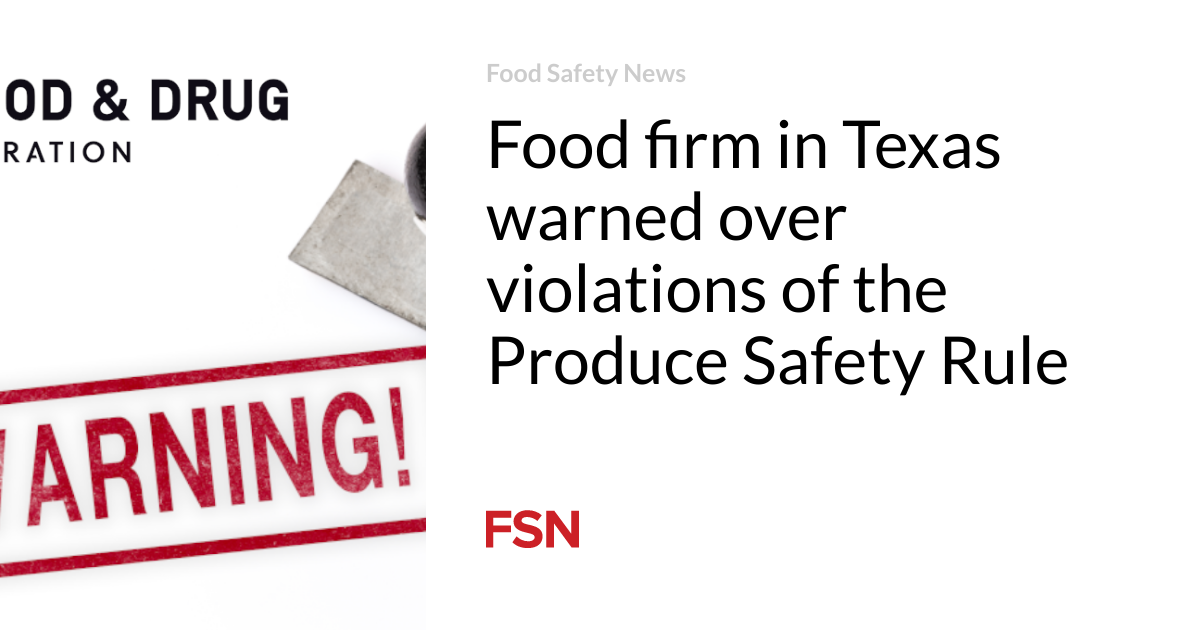
The Food and Drug Administration sends warning letters to entities under its jurisdiction as part of its enforcement activities. Some letters are not made visible to the public until weeks or months after they are sent. Business owners have 15 days to respond to warning letters from the FDA. Warning letters are often only issued after a company has been given months or years to resolve problems.
Korean Food Inc.
Irving, TX
A Texas food company has been issued a warning by the U.S. Food and Drug Administration for violations at their manufacturing facility. These violations include failure to establish or implement a written environmental monitoring plan designed to identify Listeria species or Listeria monocytogenes when present in their growing, harvesting, packaging and storage environments.
In a warning letter dated January 8, 2024, the FDA described an August 21 to 25, 2023, inspection of Korean Feed Inc.’s sprouts and kimchi production facility. in Irving, Texas.
FDA investigators have found serious violations of standards for growing, harvesting, packaging and storing products for human consumption. Following the inspection, the FDA investigator issued a form FDA-483, Inspectional Observations, which noted the abnormalities found at the facility.
Some of the significant violations include the following:
Cause violations of safety rules
During the inspection, FDA investigators observed the following significant violations of the Produce Safety Rule:
1. The company has not established and implemented a written environmental monitoring plan designed to identify Listeria species or Listeria monocytogenes if present in their growing, harvesting, packaging and storage environments. During inspection by the FDA, investigators found that they have no written environmental monitoring plan in place and do not conduct testing for Listeria species or Listeria monocytogenes in their growing, harvesting, packaging, and storage environments. The company stated that they were not aware of the requirement and that, to their knowledge, they have never taken environmental samples in the history of their company.
2. The company has not established and implemented a written sampling plan identifying the number and location of samples (of spent irrigation water (SSIW) or sprouts) to be collected for each production batch of sprouts to ensure that the samples collected are representative of the production batch when testing for contamination. The production batch of sprouts refers to all sprouts that are started simultaneously in one cultivation unit. They routinely plant soybean sprouts (edited by FDA)and they stated that after approx (edited by FDA). Each planting would include at least one production batch of sprouts. However, they only test SSIW (edited by FDA) from a randomly selected batch. This is insufficient to ensure that representative samples from SSIW are collected for each production batch of sprouts.
3. The company has not cleaned and disinfected surfaces used for growing sprouts before coming into contact with sprouts or sprouting seeds. Food contact surfaces refer to those surfaces that come into contact with human food and those surfaces from which drainage or other transfer to the food or to surfaces that come into contact with the food would normally occur in the normal course of business. Food contact surfaces include equipment and tools used during harvesting, packaging and storage.
During the facility cleanup, FDA investigators observed the following:
- An employee injected a syringe (edited by FDA) liquid on the sprout washer and centrifuge that has not been properly cleaned, as evidenced by dirt on the equipment. They identified this liquid as a disinfectant. Cleaning should occur before sanitizing because sanitizing is generally ineffective unless the surface is cleaned first. Moreover, they did not know what the (edited by FDA) liquid or the instructions, because they had thrown away the original packaging.
- There are black organic residues on the exit panel of the Brussels sprouts washer and on the lid edge of the Brussels sprouts spinner. Sprouts were observed touching these areas while washing and (edited by FDA)-drying processes.
- The sprout irrigation machine was covered with foil that was torn and contaminated with a black/brown residue in the grow room (edited by FDA). Soybean sprouts were observed growing in it (edited by FDA) under this film, and water was observed dripping from the irrigation machine.
4. The company failed to provide adequate drainage in all areas where normal operations release or discharge water or other liquid waste onto the ground or floor of the building. (Edited by FDA) used for collecting soybean sprouts were stored on a low-lying shelf/rack above a clogged drain near the sprout washer. It was observed that water from the Brussels sprouts washer, the hand sink in the production area and the hose used by employees to wash their hands ended up directly on this floor. Water from these sources collects on the floor and comes into contact with the soil (edited by FDA) holding sprouts and being splashed in the (edited by FDA) holding Brussels sprouts while employees walk around. In addition, the production area floor is not maintained as it is a rough, unsealed, dimpled surface. The floor cannot be sufficiently cleaned and disinfected.
Trade mark abuse violations
1. The GO-HYANG MAK KIMCHI, 16 oz., 32 oz., half gallon and gallon container sizes, and the Radish Leaves Kimchi products are misbranded, in that the final product labels fail to convey the most important food allergen, sand, to be mentioned. lance and, depending on the season, wheat.
2. The GO-HYANG MAK KIMCHI and Radish Leaves Kimchi products are misbranded because the labels for the 16 oz., 32 oz., half gallon, and gallon containers:
A. When the kimchi products have oyster sauce as an ingredient, the sub-ingredients of the oyster sauce must be indicated. The requirement to list these constituent ingredients (or sub-ingredients) can be met by listing the constituent ingredients in brackets after the general or common name of the main ingredient, or by listing the constituent ingredients without listing the ingredient itself. In the first alternative, the constituent ingredients should be listed in descending order of predominance within the multi-component ingredient; and according to the second alternative, the constituent ingredients must be listed in descending order of predominance in the final product.
B. For the 32-ounce Go-Hyang Mak Kimchi and for the Radish Leaves Kimchi, the labels list the ingredient “MSG.” Any monosodium glutamate used as an ingredient in food must be listed under its common or common name: monosodium glutamate.
C. The Radish Leaves Kimchi product does not list radish leaves as part of the ingredient.
D. The oyster sauce and salted anchovies only need to be declared if they are added as ingredients.
3. The GO-HYANG MAK KIMCHI and Radish Leaves Kimchi products are misbranded because each label does not state:
A. The correct number of servings per container. The number of servings should be calculated based on the portion size and the total contents of the package. The labels for GO-HYANG MAK KIMCHI products list 10 servings per package for all product sizes, while Radish Leaves Kimchi lists 22 servings per package. The serving size of each product is 30 g, which is 300 grams (30 g multiplied by 10 servings) or approximately 10.5 ounces for the GO-HYANG MAK KIMCHI product and 660 grams (30 g multiplied by 22 servings) or approximately 23 ounces for the radish leaves. Kimchi product. Therefore, none of the labels list the correct number of servings per container.
B. Portion size is not expressed in a common household measure appropriate to the food.
C. The nutrients according to the format and the nutrients to be declared. For example, the nutrition facts information is not in the current format and therefore does not list all the required nutrients, vitamins and minerals, their quantitative amounts and the appropriate footnote.
4. The company’s GO-HYANG MAK KIMCHI and Radish Leaves Kimchi products are misbranded because:
A. The GO-HYANG MAK KIMCHI product label contains information in a foreign language; therefore, all required information must be in both languages (i.e. both English and foreign languages). For example, the Nutrition Facts label must appear in both the foreign language and English.
B. Their Radish Leaves Kimchi product label does not list all required statements in English.
5. The company’s Radish Leaves Kimchi products are misbranded because:
A. The regulations do not provide for the use of check boxes for different net quantity declarations.
B. Regulations require that it appear as a separate item on the main display and be located within the bottom 30 percent of the label panel area in lines generally parallel to the base on which the package rests as designed to to be exhibited.
You can view the full warning letter here.
(To sign up for a free subscription to Food Safety News, click here.)

